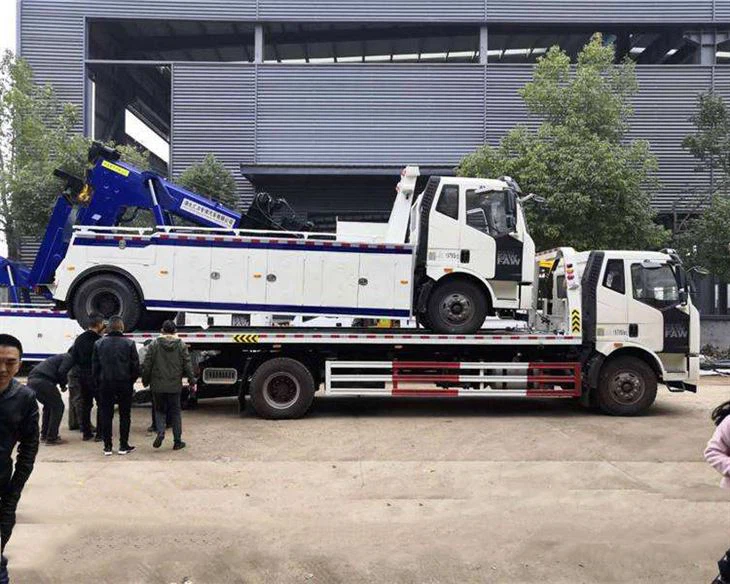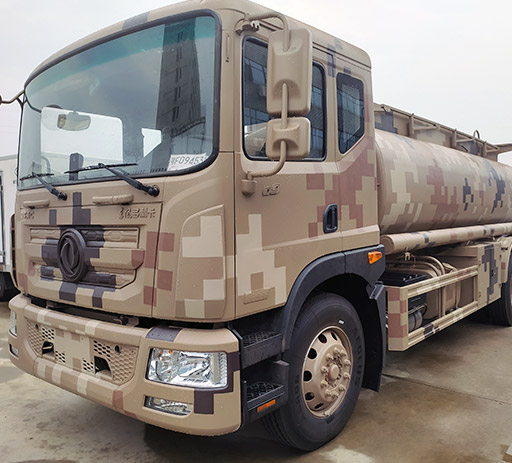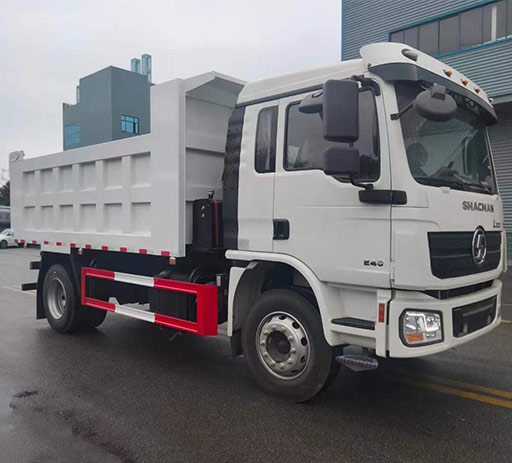Understanding the Average Dump Truck Load: Weight, Capacity, and More

Dump trucks are essential vehicles in construction, landscaping, and mining, serving a variety of functions from transporting materials to site clean-up. One of the most critical aspects of a dump truck’s efficiency and operational capacity is understanding its average load. In this article, we will delve into various aspects related to the average dump truck load, exploring capacities, types, regulations, practical tips, and real-world examples.
What is a Dump Truck?
A dump truck is a specialized vehicle designed for transporting loose material such as sand, gravel, dirt, and demolition waste. The design of a dump truck includes a bed that can be raised at the front to allow materials to be unloaded at another location, making it an efficient choice for debris removal and material transport.
Average Dump Truck Load Capacity
The average load capacity of dump trucks can vary widely based on their size and type. Here’s a brief overview:
Light-Duty Dump Trucks
Light-duty dump trucks, often referred to as smaller trucks, typically have a load capacity of around 1 to 5 tons. They are commonly used for smaller landscaping projects, residential construction, or light material transport.
Medium-Duty Dump Trucks
Medium-duty dump trucks can handle between 7 to 10 tons. These vehicles are often employed in larger residential projects and small commercial sites, capable of transporting heavier materials like gravel and stone.
Heavy-Duty Dump Trucks
Heavy-duty dump trucks have a capacity of 10 tons or more. They are predominantly used in large-scale construction or mining operations where large quantities of materials need to be transported quickly and efficiently.
Factors Influencing Average Load Capacity
Several factors can affect the load capacity of a dump truck:
1. Truck Size and Model
Different models and sizes of dump trucks come with varying load capabilities. For example, a standard 10-wheeler dump truck will carry more than a smaller 6-wheeler truck.
2. Type of Material
The type of material being transported impacts the average load. For instance, dense materials such as gravel and bricks weigh significantly more than lighter materials like sand or mulch.
3. Federal and State Regulations
There are specific weight limits set by the government for truckloads to ensure safety on roads and highways. Understanding these regulations helps in planning and preventing fines.
4. Weather and Road Conditions
Poor weather and adverse road conditions may require reducing a truck’s load capacity to ensure safe transport and avoid accidents.
Common Types of Dump Trucks
Dump trucks come in various types, each designed for different jobs. Here are the most common types:
Standard Dump Truck
Equipped with a straight dump bed, these trucks are versatile and commonly used across various projects.
Articulated Dump Truck
Known for its ability to navigate rough terrains, the articulated dump truck has a joint between the cab and the dump bed, making it more flexible.
Transfer Dump Truck

This type utilizes a towing mechanism to transfer large loads, allowing for increased payload capacity.
Side Dump Truck
Side dump trucks unload materials to the side rather than the back, which can be advantageous in tight spaces.
Calculating Average Load for Dump Truck
To accurately determine the average load for a dump truck, you can use the following formula:
| Component | Formula |
|---|---|
| Average Load (tons) | Total Weight Limit (lbs) / 2000 |
For example, if a dump truck has a weight limit of 30,000 lbs, then:
- Average Load = 30,000 lbs / 2000 = 15 tons
How to Optimize Dump Truck Loads
Efficient load optimization is essential for maximizing productivity and minimizing costs. Here are some practical tips:
1. Plan Routes Wisely
Choose routes that minimize distance and traffic to maximize operational time.
2. Use the Right Vehicle
Select a dump truck that matches the load requirements and job specifics. For heavy materials, use a heavy-duty truck.
3. Load Evenly
Ensure that the materials are distributed evenly within the truck bed to avoid balance issues during transport.
4. Understand Local Regulations
Be aware of local weight restrictions and regulations to maintain compliance and avoid fines.
Real-World Examples of Average Dump Truck Loads
Different industries and projects provide insight into the practical applications of average dump truck loads:
1. Construction Sites
During construction, a medium-duty dump truck might transport sand and gravel for foundation work, averaging loads between 8 to 10 tons.
2. Landscaping Projects
For residential landscaping projects, light-duty dump trucks may carry mulch or soil, generally averaging loads of 3 to 5 tons.
3. Mining Operations

In mining, heavy-duty dump trucks regularly transport ores, with average loads often exceeding 25 tons depending on the material.
Environmental Considerations
The use of dump trucks comes with significant environmental impacts. Here are some considerations to keep in mind:
1. Emissions
Older truck models may emit higher levels of pollutants, making it essential to consider environmentally friendly options.
2. Noise Pollution
Dirt and construction sites can be noisy, impacting local communities. Limiting operational hours can help mitigate issues.
3. Materials Management
Proper disposal of materials and recycling can minimize environmental footprints associated with dump truck operations.
Frequently Asked Questions (FAQ)
1. What is the average weight of a dump truck load?
The average weight of a dump truck load can range from 1 to over 25 tons, depending on the type of truck and the materials being transported.
2. Are there limits on dump truck loads?
Yes, federal and state regulations impose weight limits on dump truck loads to ensure road safety.

3. How do I calculate a dump truck’s average load?
You can calculate it by dividing the total weight limit (in pounds) by 2000 to convert it to tons.
4. What types of materials can a dump truck carry?
Dump trucks can carry various materials, including sand, gravel, dirt, demolition debris, and more.
5. Can I overload a dump truck?
No, overloading a dump truck can lead to accidents, increased wear and tear on the vehicle, and potential legal penalties.
6. What should I consider when choosing a dump truck for my project?
Consider the type and weight of materials, project size, road conditions, and local regulations.
